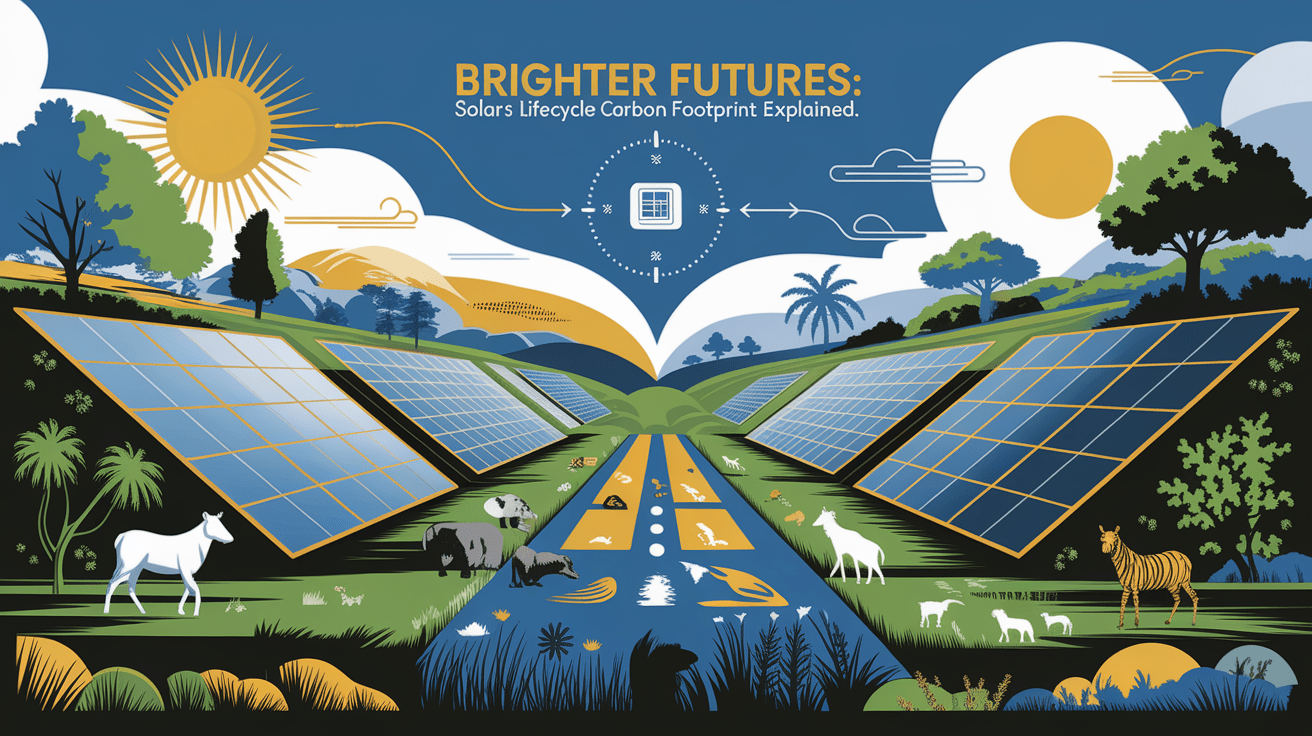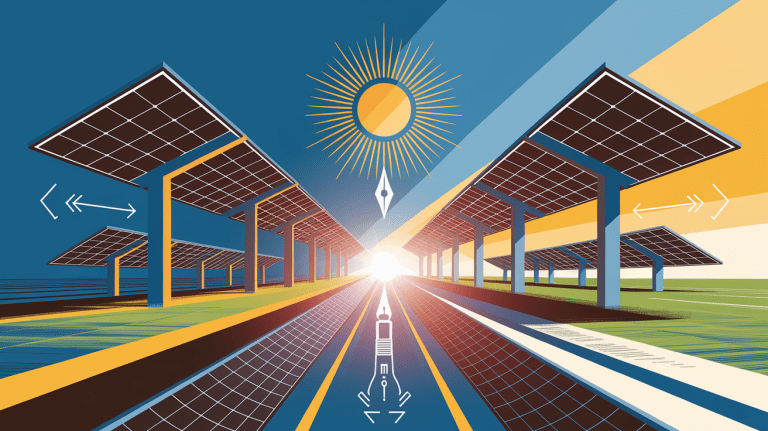Brighter Futures: Solar’s Lifecycle Carbon Footprint Explained
Shining a Light: Quick Answer on Solar Lifecycle Embodied Carbon
Embodied carbon in solar panels refers to the total greenhouse gas emissions created during the production, transportation, and installation of a photovoltaic (PV) system, excluding operational emissions once the system is generating electricity. According to a solar lifecycle assessment, these emissions stem mainly from energy-intensive manufacturing processes and material extraction. While solar technology offers near-zero emissions during its operation phase, its cradle-to-grave analysis reveals that the majority of its carbon footprint is front-loaded before the first kilowatt-hour is produced.

The good news: energy payback times for modern PV modules often range between 1 to 4 years, depending on the technology and location. Over a typical 25–40 year lifespan, solar systems deliver carbon savings that far outweigh their initial embodied carbon.
Manufacturing & Transport: Where Most Embodied Carbon Lives
The manufacturing phase is the primary source of embodied carbon in solar systems. Producing silicon wafers for solar cells requires high-temperature processing, consuming substantial electricity—often from fossil fuel sources in manufacturing-intensive regions. Key emissions sources include:
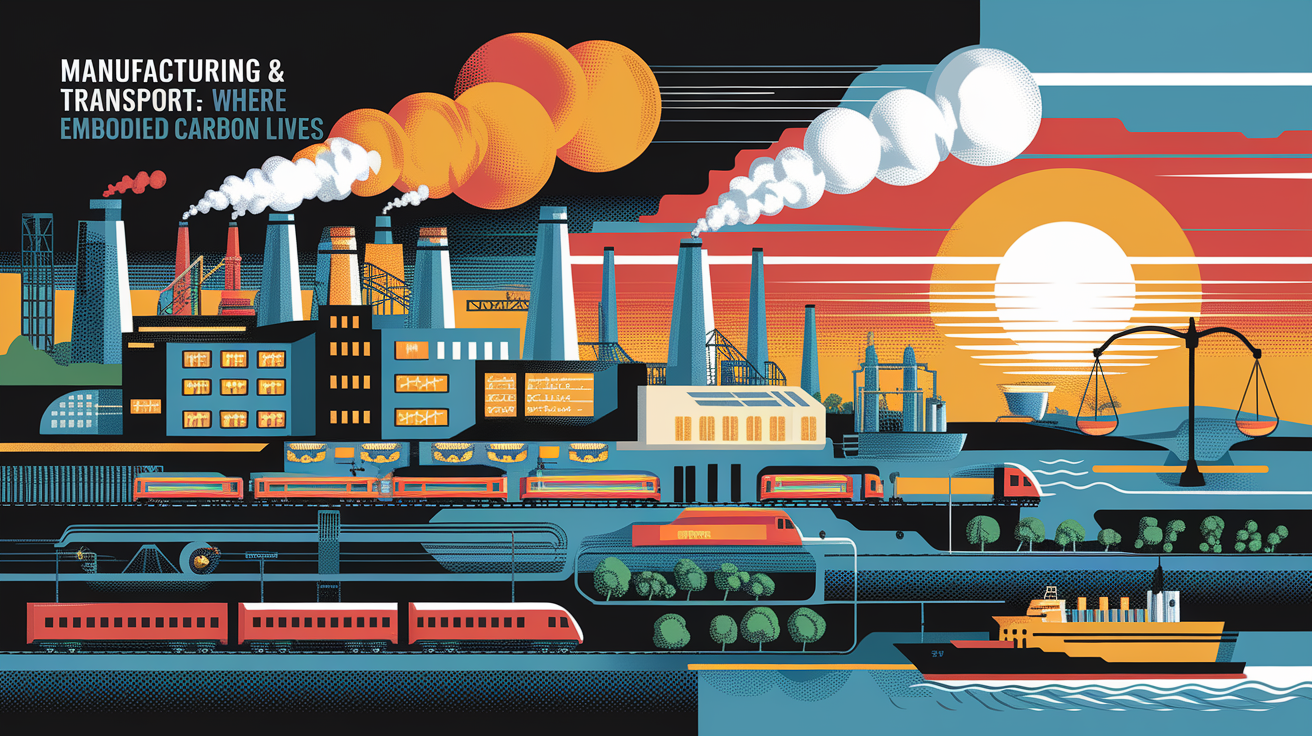
- Material extraction and refining: Mining and purifying silicon, aluminum, and copper generate significant emissions.
- Module assembly: Converting silicon wafers into solar cells and integrating them into solar modules consumes large amounts of energy and specialized materials, increasing the carbon intensity.
- Glass and framing materials: Manufacturing protective tempered glass and aluminum frames adds to the footprint.
Transport adds emissions through logistics of moving raw and finished materials across global supply chains. Studies in photovoltaic lifecycle analysis show that shipping from centralized manufacturing hubs to installation sites can contribute up to 10% of total embodied carbon.
Operation & Maintenance: Low Impact but Not Zero
Once installed, solar PV systems operate with negligible direct emissions. However, a comprehensive life cycle assessment considers ongoing maintenance impacts:
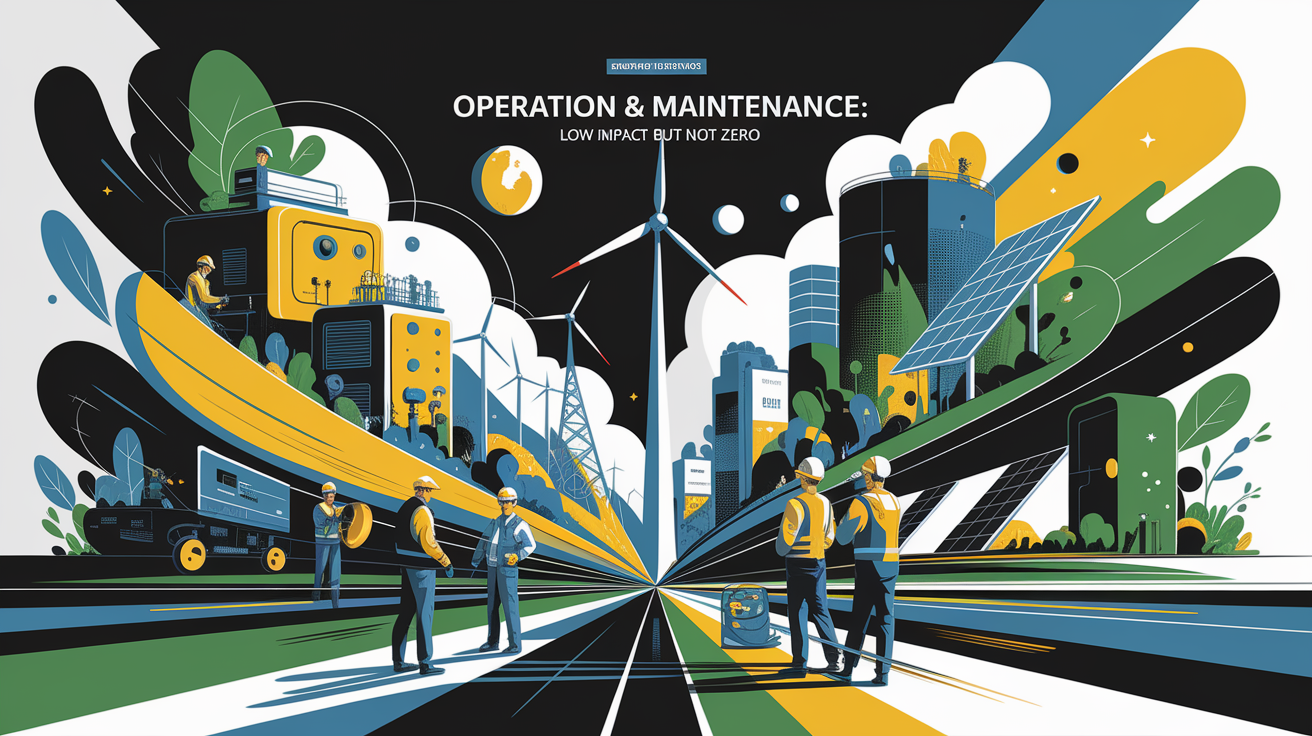
- Inverter replacements: Generally required every 10–15 years, manufacturing and transporting new inverters adds to lifetime emissions.
- Cleaning & servicing: Water use for panel cleaning and occasional site travel contribute indirectly to the carbon footprint.
- System monitoring: Energy consumed by monitoring equipment is minimal but measurable over decades.
This phase’s carbon intensity remains low—often less than 5% of total lifecycle emissions—reinforcing the operational advantage of PV compared to fossil fuel generation.
End-of-Life & Recycling: Closing the Loop
At the end of a solar system’s working life, responsible disposal or recycling dictates its final environmental impact. Without streamlined infrastructure, landfill disposal can waste valuable materials and leave a residual carbon footprint. However, end-of-life solar recycling offers major recovery benefits:
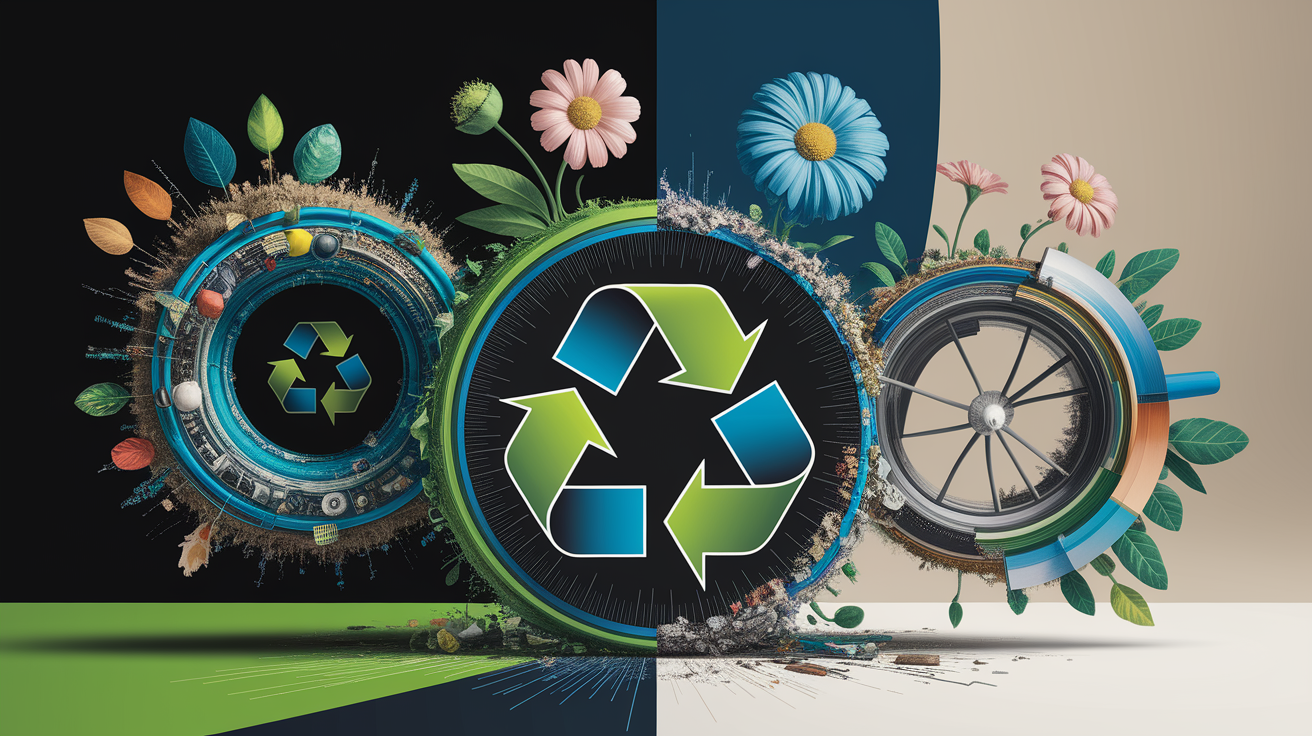
- Material recovery: Extracting silicon, aluminum, and copper for reuse reduces need for new raw materials.
- Glass reclamation: Glass from panels can be recycled into new modules or other products.
- Waste minimization: Reduces landfill impact and offsets future manufacturing emissions.
Emerging recycling technologies are improving recovery rates, making circular production models achievable in the near term.
Closing the Loop: Strategies to Minimize Embodied Carbon
Reducing embodied carbon is central to truly sustainable solar energy. By aligning with international standards for solar LCA, manufacturers and policymakers can apply proven strategies:
- Cleaner manufacturing energy: Powering manufacturing plants with renewable energy drastically cuts emissions from silicon wafer production.
- Material innovation: Lighter frames, alternative semiconductors (like perovskites), and recycled content lower carbon intensity.
- Localizing supply chains: Reduced transport distances limit shipping-related emissions.
- Designing for recyclability: Modular systems with easily separable components facilitate high recovery rates.
- Policy incentives: Carbon-based procurement standards encourage low-emission manufacturing practices.
For energy buyers and developers, integrating embodied carbon criteria into purchasing decisions ensures that project sustainability targets measure not just operational emissions but lifecycle impacts. In doing so, the industry moves closer to carbon-neutral solar systems—maximizing benefits for both the planet and the bottom line.

